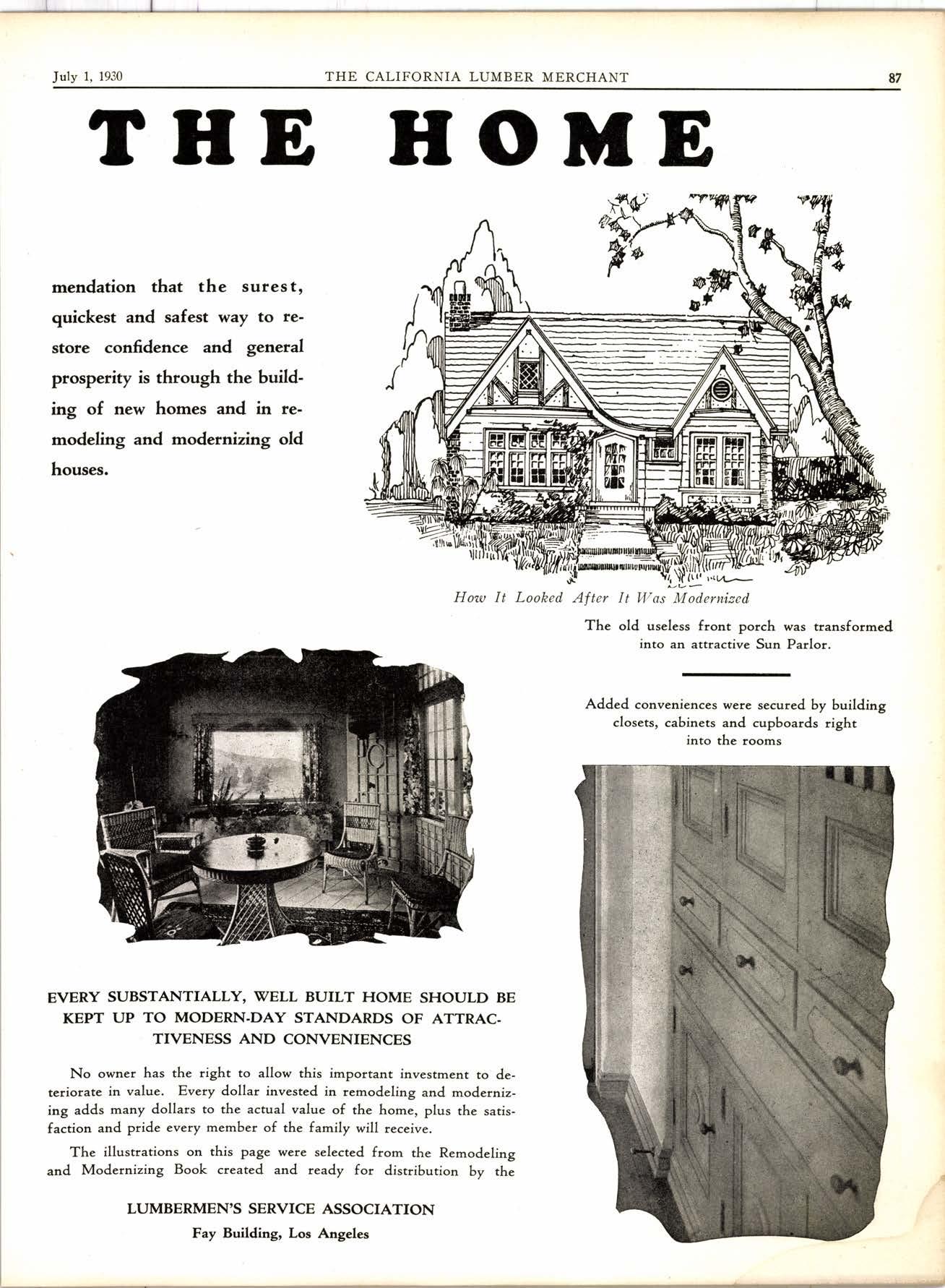
2 minute read
(Jnusual Construction Feature Of f ers Atre w Po.s.s ibilities for Roofing Materials
permanent protection; second, it must be hard-wearing and resilient; third, it must be attractive in appearance'
In the solution of this problem, Meyer and Holler, designers, engineers and builders of the new E. Clem Wilson offrce builcling at La Brea and Wilshire Boulevard, Los Angeles, employed an interesting use of colored emulsified asphalt mastic for the various roofing areas occasioned by the set-back style ofthis beautiful modernistic structure. Since more than forty of the offices in the building would have access to these roof spaces for outdoor use, and the planting of several was also' anticipated, it was imperative that the roofing withstand unusual wear and yet give absolute protection to the floors below. A specification which
With the grorving flair for modernism in architecture, a great number of the accepted materials of construction have found new uses. Rapid changes in the development demand constant stucly on the part of dealer and manufacturer to meet the needs of present day construction.
In the erection of office buildings, the problem of providing light and airfor the adjoining thoroughfares has resulted in the practice of setting back the mass of the building at frequent intervals, affording nltmerous roof areas at various heights. In the development of this type of design, these roof areas have assumed importance as a valuable outdoor feature for offices adjacent to them. The need for a roofing that 'n'ould notonly serve as a protective coating, but meet the exactihg demands of constant traffic became vitally important. Built-up roofing, while ideal for ordinary use, is not entirely practical for the ptlrpose. Cement slabs have proven unsatisfactory, revealing a tendency to crack and become unsightly in appearance. It was apparent that the problem demanded a roofing that would meet these three conditions: First, it must afford has proven satisfactory on a large number of installations was used and comprised the following operations :
The concrete roof decks were first given a priming coat of stanclarcl Pioneer Emulsified Asphalt mixed with 30 per cent of 'water. This rvas allorved to set until the moisture content l.racl thoroughly evaporated. A layer of 3O-pound Pioneer Asphalt Saturated Felt was then applied loosely over the priming coat. Seams were well coated with hot asphalt. Then followed a heavy coating of standard Pioneer Emulsified Asphalt, into which a layer of wide mesh burlap was imbedded. Next, a thoroughly mixed mastic consisting of one part of Portland cement, two parts of sand, three parts of roofing gravel, and two parts of Pioneer Mastic Type Emulsified Asphalt was prepared in an ordinary concrete mixer. Cement, sand and gravel were mixed to a stiff mortar consistency, after which the Emulsified Asphalt was incorporated. The mastic was then applied between screed boards to the desired thickness. and the surface levelled with a strike-ofi board. Wood floating was employed to give the mastic a rough surface. Drying was retarded by means of water spraying, and immediately prior to the final set of the material, the surface was well trowelled to a .smooth finish. Upon completion of the building, a color coat of Pioneer Color Mastic was applied to give beauty to the finished job.

The entire work was conducted by the Champion Waterproofing Company under the direction of their superintendent, Mr. Jess Blattenberger.
Unlimited pos.sibilities for the use of emulsified asphalt mastics exist for the alert dealer in various construction and industrial fields. A few of these uses are: Installation of tile work, interior flooring in warehouses, factories and industrial plants and refrigerator insulation mastics.










